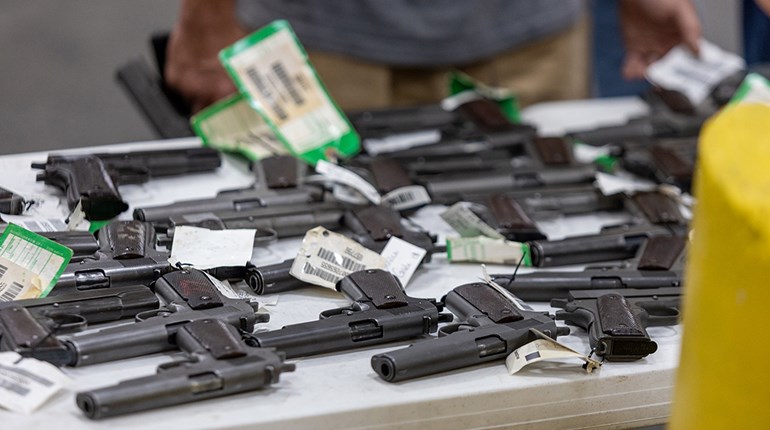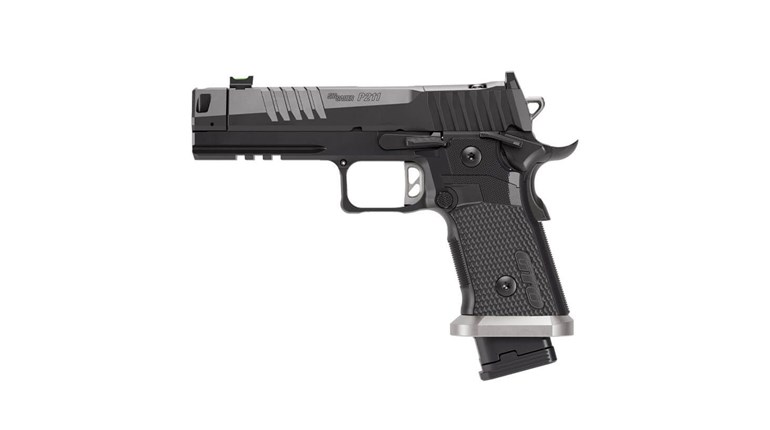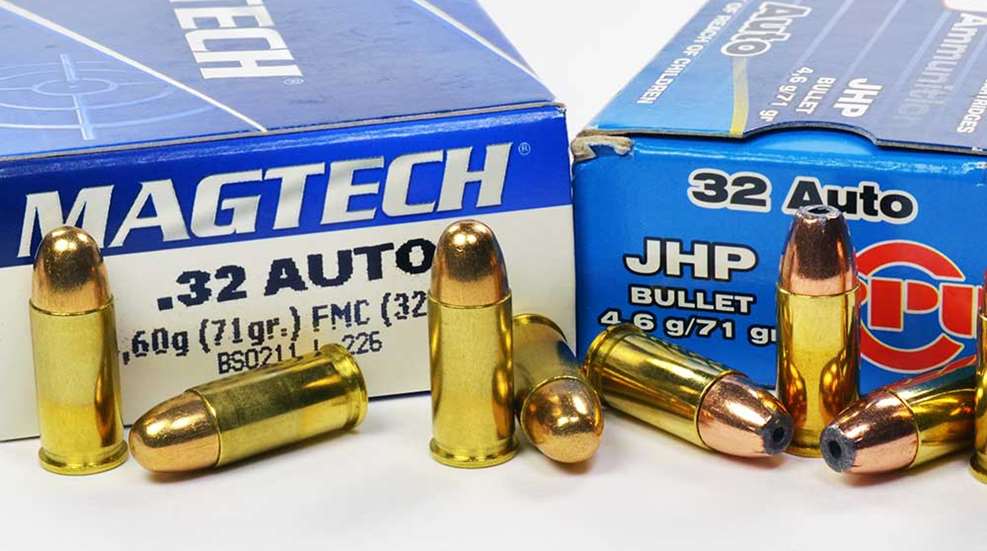
There are obvious advantages to small guns. While many people would prefer to carry larger calibers, such as a .45 ACP, it requires a larger gun to handle the extra energy associated with the bigger cartridge. Sure, there are smaller .45-caliber pistols, but there are practical limits on just how compact they can be. When compared to a big-bore personal-defense handgun, a .22 LR, .25 ACP, .32 ACP and even a .380 ACP pistol can be built with more rounds on board in a smaller, more concealable size.
When it comes to pairing small concealed-carry guns with personal-defense ammo, the debate over stopping power is never-ending and will be until we all carry Star Trek-style phasers. There’s no doubt that any gunpowder-driven caliber can be lethal. Even the tiny .22 LR can incapacitate an attacker, though, like any other caliber, it might take a while depending on where the bullet is placed.
With that in mind, let’s talk about the .32 ACP. Why the .32 ACP? There are many small, lightweight, easily concealed pistols in this caliber. Manufacturers include Beretta, Kel-Tec, North American Arms and Seecamp. There are also larger guns chambered in this caliber: Beretta 81, CZ-83, and the newly revived Colt 1903 Hammerless made by US Armament Corp., to name a few. Of course, there's the most famous .32 ACP pistol of all, the Walther PPK carried by James Bond.
John Browning created the .32 ACP cartridge in 1899 for the FN M1900 semi-automatic pistol. It was also available in the Colt Model 1903 Pocket Hammerless, Savage Arms Model 1907, Remington Model 51 and many other handguns around the turn of the century. From all accounts, the .32 ACP was popular for self defense. The round was used as a military and police sidearm and fielded widely in WWI and by law-enforcement departments throughout Europe in the early decades of the 20th century.
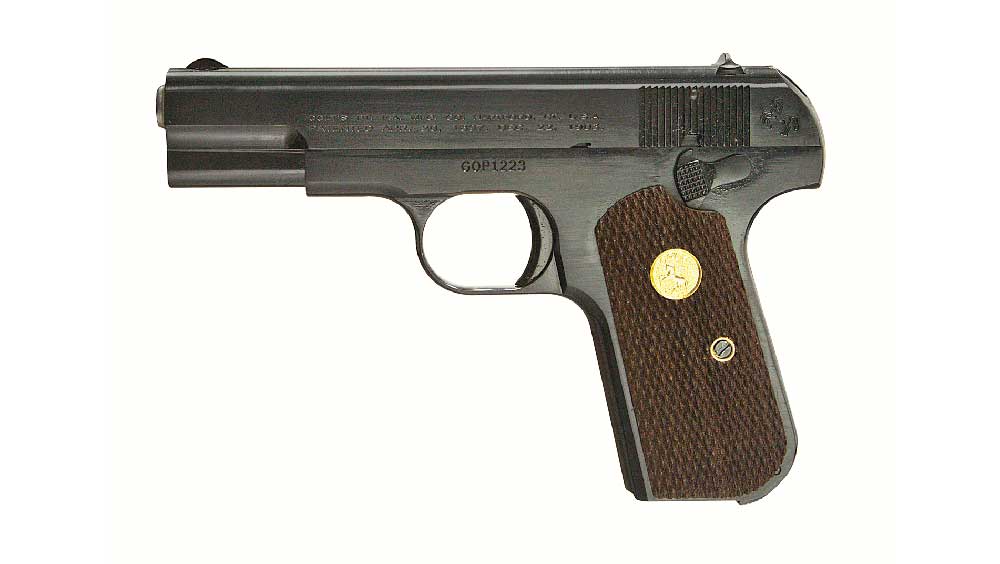
Times have changed, though, and nowadays, .32 ACP guns are considered too small for ‘proper’ self defense by some people. Many personal-defense professionals suggest that the 9 mm is the minimum caliber, while some will concede to using .380 ACP for a deep cover or pocket pistol. The .32 calibers are seldom mentioned, with the possible exception of .32-caliber revolver cartridges like the .327 Fed. Mag., available as a chambering in the popular Ruger LCR revolver.
But what about the .32 ACP? Does it still bear consideration as a self-defense round? The simple fact is that people can and do choose the .32 ACP for self defense. They do it for a variety of reasons, the most common being that the guns are small, easy to carry and concealable. Let's face it, convenience is a factor for most people when it comes to concealed carry, and small pistols are often chosen over larger guns that are more difficult to conceal.
The meat of the matter always comes down to ammunition performance. The .32 ACP is far from a powerhouse round. The round generally pushes a 71-grain bullet to around 900 fps from a 4-inch barrel, turning in around 128 foot-pounds of muzzle energy. Lighter bullets can be pushed a little faster. Obviously, velocity is slower from compact guns with shorter barrels commonly used for concealed carry.
Some ammunition offers higher performance. Sellier & Bellot advertises a velocity of 1,043 fps for its 73-grain .32 ACP bullet. Buffalo Bore offers two +P loads that push .32 ACP bullets to around 1,150 fps. Underwood offers a standard-pressure and +P version of its Xtreme Cavitator. There is no official SAAMI designation for +P pressure in the .32 ACP, so users considering this ammunition should do so only in modern firearms, and it’s best to check with ammo/gun manufacturers for their advice.
Bullet selection for the .32 ACP is typically limited to full-metal-jacket, lead and jacketed-hollow point projectiles. Two newer bullets include a Barnes TAC-XP all-copper hollow point and the Lehigh Defense solid-copper Xtreme Cavitator. The latter is new technology that uses fluid-hydraulic energy to help enlarge the wound channel, and the solid, non-deforming bullet aids penetration.
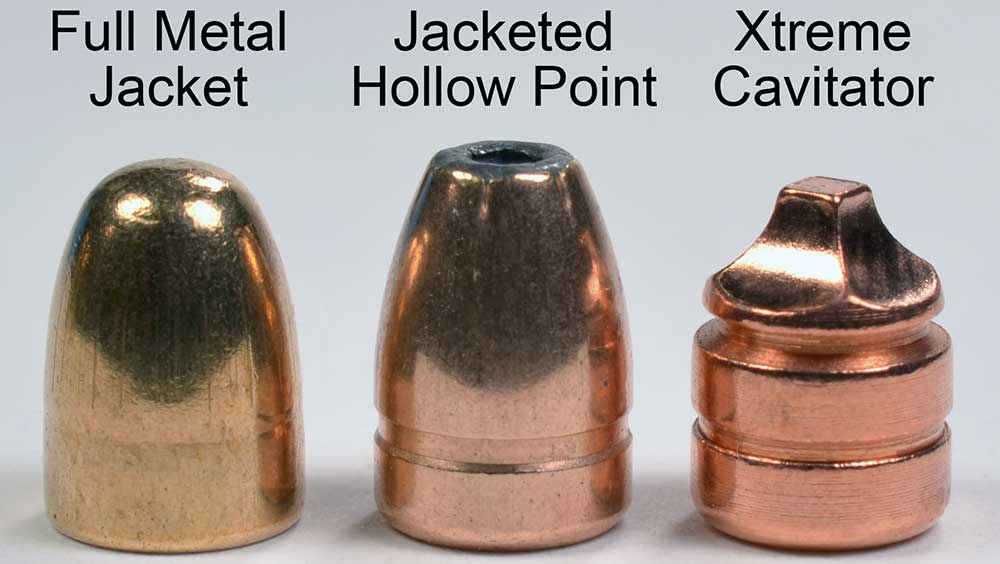
Ballistic performance is critical for personal defense, and it's necessary to know if a .32 ACP bullet can achieve enough penetration to reach vital organs. The FBI standard is penetration from 12 to 18 inches in calibrated 10-percent ballistic gelatin. Bullets that can achieve this depth have a better chance of reaching vital organs in the real world of living tissue, producing wounds that can effectively stop an attack. Can the .32 ACP do this? The short answer is, yes, it can.
It has been said that hollow point bullets in the .32 ACP, if they do expand, penetrate too little. If they don’t expand, they act like FMJ bullets. There are some examples of that, but that does not apply across the board. The Speer 60-grain Gold Dot hollow point bullet generally expands and shows shallow penetration, as does a Cor-Bon 60-grain JHP load. However, there are some Hornady JHP XTP loads that expand and still achieve good penetration in gelatin.
Additional ballistic-gel data with several conventional bullets can be found at RangeHot.com, which demonstrates performance when fired through short (2.7 inch) and long (3.75 inch) barrels into Clear Ballistics ballistic gel.
Penetration of .32 ACP FMJ bullets ranges from 13.8 to 18.75 inches in 10-percent ballistic gelatin. The FMJ bullets might not produce devastating wound channels, but they go deep enough to meet the FBI criteria. Over-penetration is seldom a problem in this caliber, although it has been reported when tested in Clear Ballistics gel. If deeper penetration is desired, Buffalo Bore says its 75-grain hard-cast bullet will penetrate 20 inches or more in flesh and bone.
The Lehigh Defense Xtreme Cavitator is an interesting bullet in the .32 ACP cartridge. In its standard load of 925 fps, the 50-grain bullet penetrates 13.5 inches of gel and produces a 1.5-inch wound cavity, according to the manufacturer. Underwood advertises this bullet traveling at 1,000 fps penetrates 14 inches of gel, and at 1,100 fps, it penetrates 14.75 inches of gel.
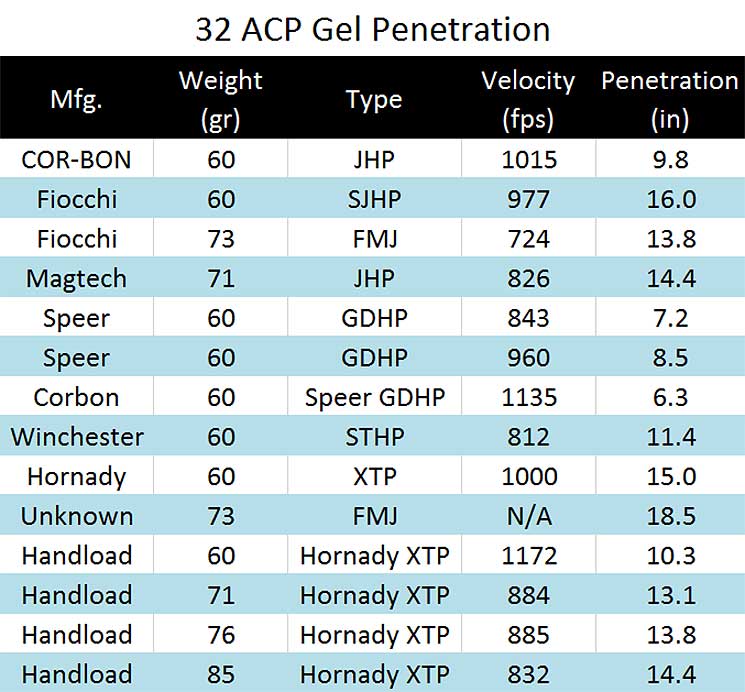
One test reported that the 925-fps version of the .32 ACP Xtreme Cavitator penetrates to 13.5 inches in calibrated, 10-percent bare ordnance gel, 12 inches after four layers of denim, and somewhat less after passing through drywall, plywood, sheet metal and auto glass. The least gel penetration was 8 inches after passing through auto glass.
The unusual shape of the .32 ACP Xtreme Cavitator’s nose can present feeding issues in some guns. These include the Beretta 32 Tomcat, Kel-Tec P-32 and Walther PPK. They might feed fine in your pistol, but you’ll have to test them to be sure.
The .32 ACP has some obvious benefits. It’s available in small, easily concealed pistols. It has half the recoil of a .380 ACP. In guns of similar sizes, the .32 ACP holds more rounds (with some exceptions) than larger-caliber models. There is a decent selection of ammunition to choose from, including rounds that meet many FBI gel-penetration standards. Penetration matters in self defense, so ammunition selection is important. Do your homework and select which is best for your purposes. As always, test it in your gun to make sure it is reliable.
The .32 ACP performs better than some people might expect and can perform effectively for personal protection. As a concealed-carry, deep-cover, backup gun, or as a easy-shooting range companion, the .32 ACP is a viable option. You decide what role it plays. It might be the caliber that helps you fulfill Rule Number 1: Have a gun.














